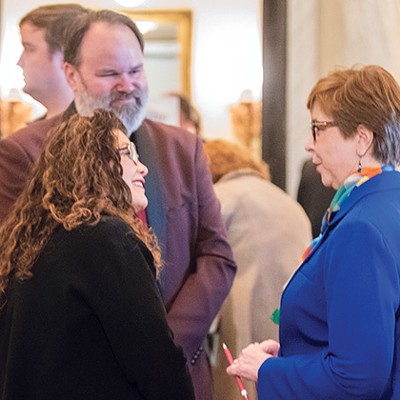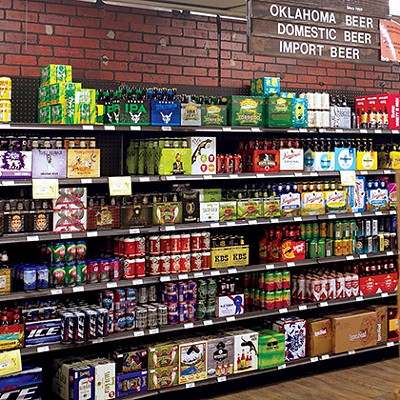The words "cultural diversity" and "rodeo" usually don't go hand in hand, but Cleo Hearn is trying to change that. He started his rodeo career back in 1954 with the All Colored Rodeo in Drumright. At that time, he said that black cowboys weren't welcome in traditional rodeos, so specialty rodeos were his only option for pursuing a professional career.
In 1992, he created the Cowboys of Color Rodeo to reflect his own African and Native American ancestry.
"I wanted to bring a little more variety to rodeo, and that is when I came up with Cowboys of Color Rodeo," Hearn said. "It features African-Americans, Hispanic Americans and Native Americans."
The need for minority rodeos have changed over time. They were once the only entry point for black, American Indian and Hispanic cowboys to show their talents, but now they act as a culture-specific event able to reach audiences other rodeos can't.
"People will to come watch when they see their own people involved," Hearn said. "That's why the special minority rodeos are better able to reach the minority community. Oklahoma has produced the most minority rodeos. It's not where it started, but it really took hold there."
RICH HISTORY
According to him, Oklahoma has a rich history of African-Americans in the rodeo industry that continues to thrive today in the professional circuit. Danell Tipton is a world-champion bull rider with the International Professional Rodeo Association. Oklahoma City resident Fly Thomas is a former bull rider and photographer who worked at events for the Professional Rodeo Cowboys Association, Bullnanza and others across the country. Elmer and Doyle Anderson are professional rodeo livestock contractors who produce the animals for rodeos that Hearn said is the make-or-break element for any cowboy.
Although the number of Hispanic cowboys in the professional associations is growing, Hearn said there is still a shortage of African-American cowboys currently competing.
"My dream was to always graduate five to seven cowboys and cowgirls into the professional ranks, and that has not happened," he said. "It hasn't been because the talent wasn't there; it was because of money. The horse I ride cost $60,000, the truck was $50,000, and the trailer was $25,000. In calf-roping, the horse is 85 percent of the success of the team, so being able to find and ride the best horses is important."
There aren't many willing or able to front that much money, Hearn said. He hopes that the Cowboys of Color Rodeo will continue spreading interest and provide opportunities for budding athletes. He thinks that interest will come as minority communities become more aware of their rich contribution to the history of the Old West.
"The theme of Cowboys of Color Rodeo is to educate you while we entertain you," Hearn said. "We will tell you the wonderful things that blacks, Hispanics and Indians have done that (aren't) always taught in school. There is a lot of history imbedded in the Oklahoma area when it comes to blacks in the West. We aren't putting it in the history books, so the only way we can get the word out is with the rodeo."
Cowboys of Color Rodeo takes place 8 p.m. Saturday at State Fair Park Arena, 3001 General Pershing. "Charles Martin











